Archaeologists in Egypt have identified the country's first recorded astronomical observatory, in what experts say is the “first and largest” discovery of its kind. Live Science reported.
The structure, determined to date back to the 6th century BC, was discovered three years ago during excavations at a site in the ancient city of Buto, now known as Tell El-Faraeen, in the Kafr El-Sheikh region of Egypt.
“Everything we found shattered our expectations,” Hossam Ghonim, the expedition’s leader, said at the exit of the L-shaped observatory, which covers more than 9,150 square feet. He explained that the structure’s entrance faces east and is marked by a traditional door known as a pylon, which opens onto a space where sunlight illuminates the area where the skywatcher, usually a priest and known as a “smn pe,” stands to study the sun and stars.
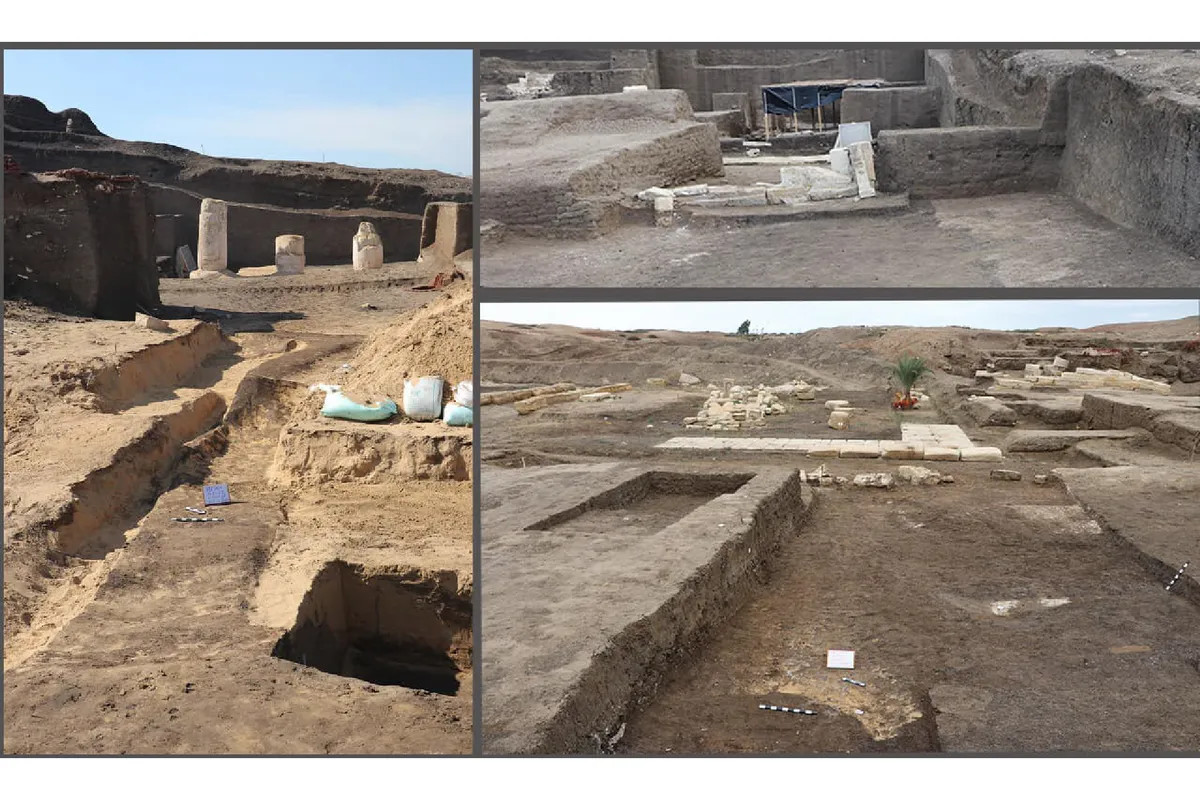
Courtesy of the Egyptian Ministry of Tourism and Antiquities
As a result of more detailed examinations, it was concluded that the structure was used in the 6th century BC, as granite and bronze statues were discovered, as well as pottery from religious rituals.
When the team made their discovery in 2021, they initially believed it was some kind of religious temple. However, as their excavations continued, they uncovered various artifacts and symbols related to time and astronomy, resulting in a remarkable find that clearly reveals the building’s ancient purpose.
“On the north side of the hall we discovered a tilted stone sundial,” Ghonim explains. “A sun shadow clock that uses the changing angles of the sun's shadows to determine sunrise, noon and sunset. It's a simple but effective method.”
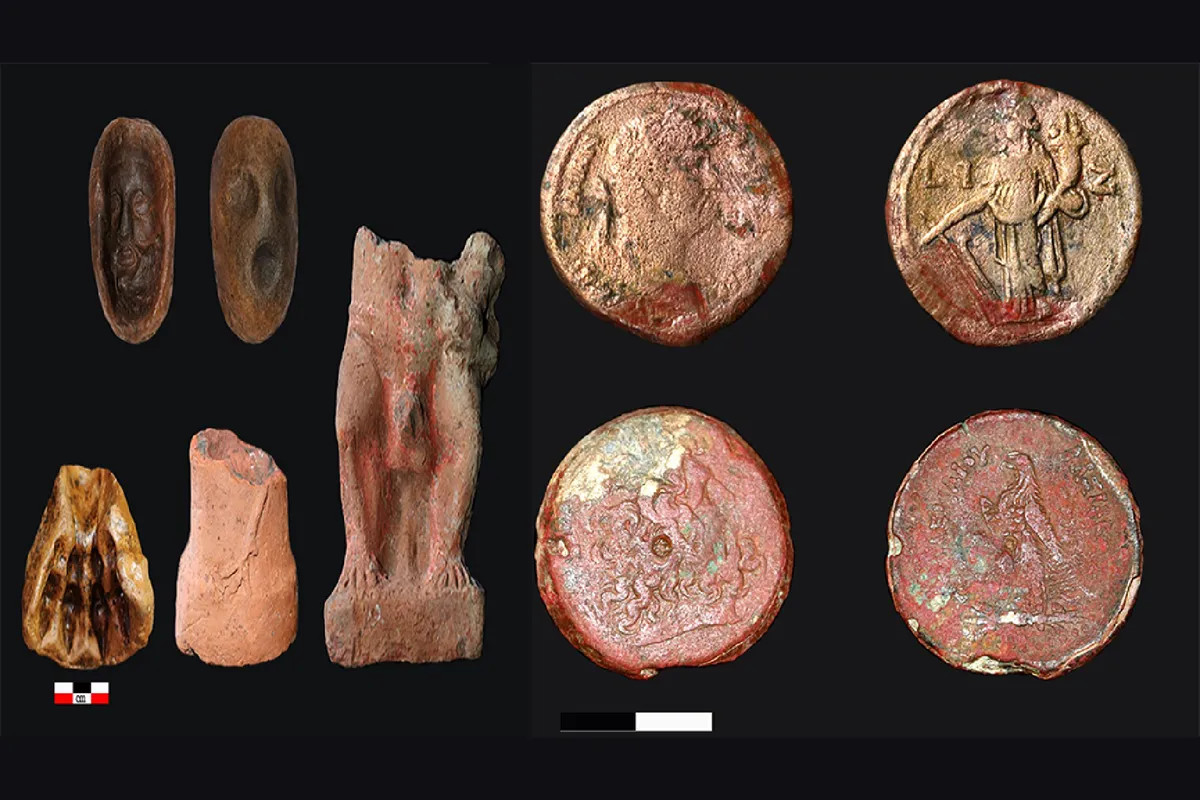
Courtesy of the Egyptian Ministry of Tourism and Antiquities
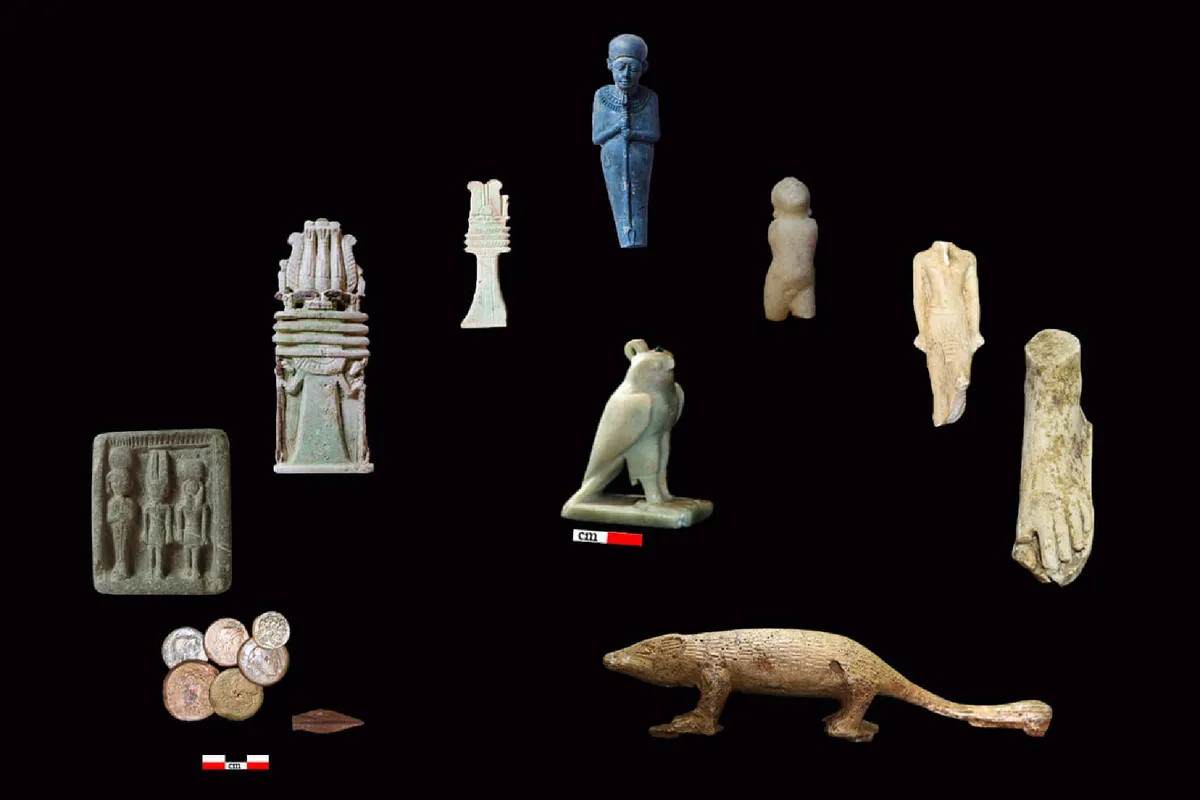
Courtesy of the Egyptian Ministry of Tourism and Antiquities
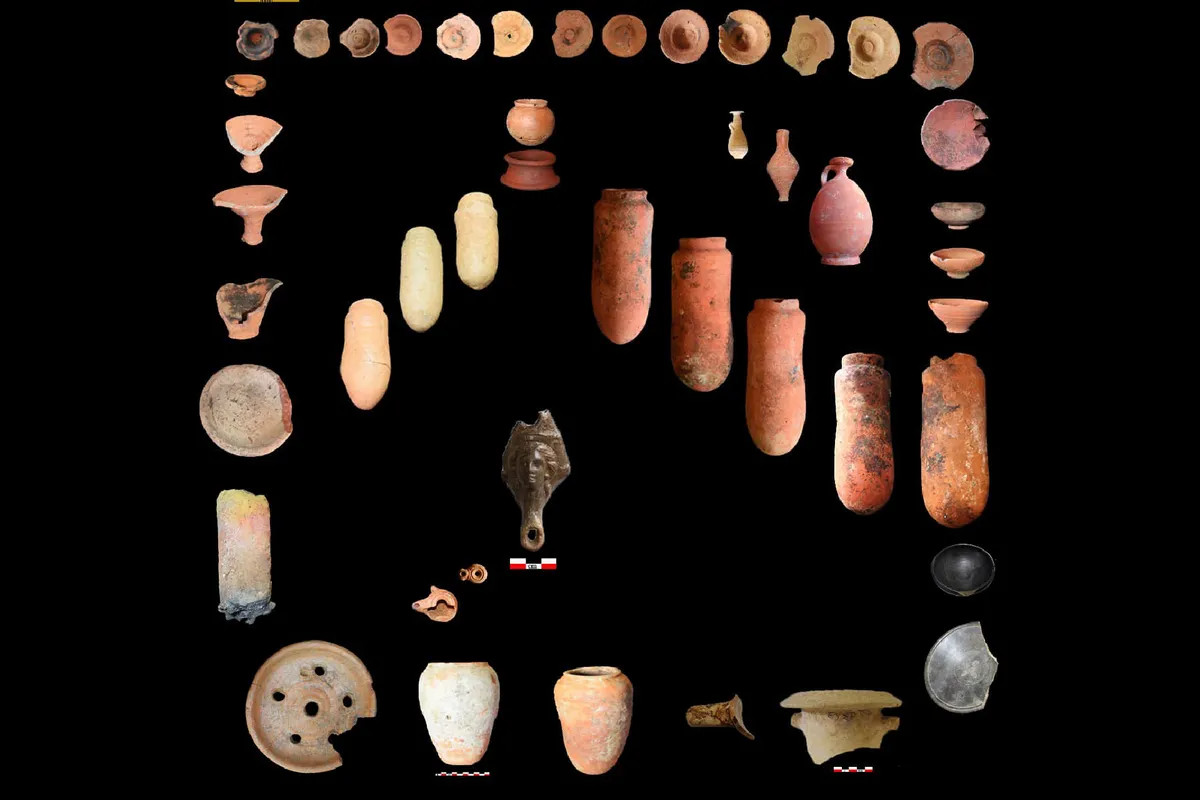
Courtesy of the Egyptian Ministry of Tourism and Antiquities
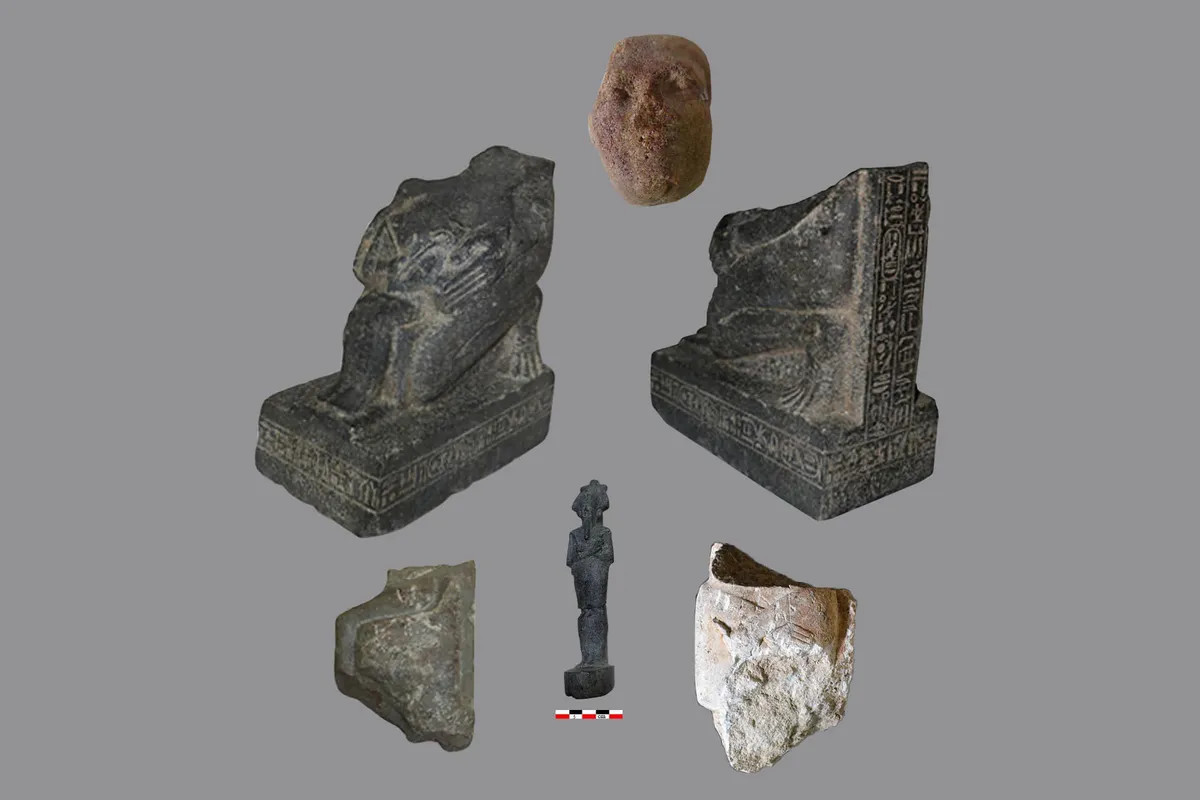
Courtesy of the Egyptian Ministry of Tourism and Antiquities
Archaeologists also found inscriptions inside the observatory depicting sunrises and sunsets during three distinct seasons. “The ancient Egyptians imagined the Earth and the sky as two mats,” Ghonim explained. “They mapped the sky onto the ‘Themet Hrt,’ the sky mat, and the ‘Themet Ghrt,’ the Earth mat, represented their calendar, marking events such as the Nile flood and the harvest. This is the first inscribed stone mat of its kind ever discovered.”
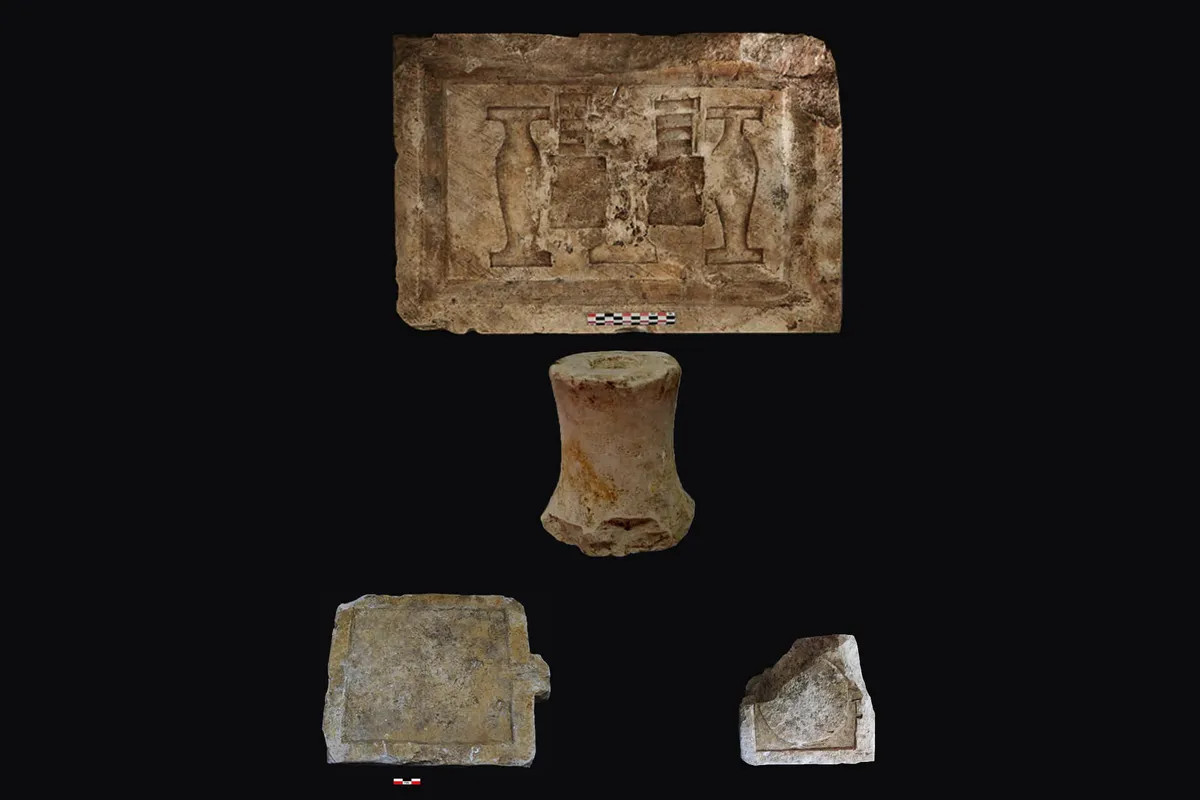
Courtesy of the Egyptian Ministry of Tourism and Antiquities
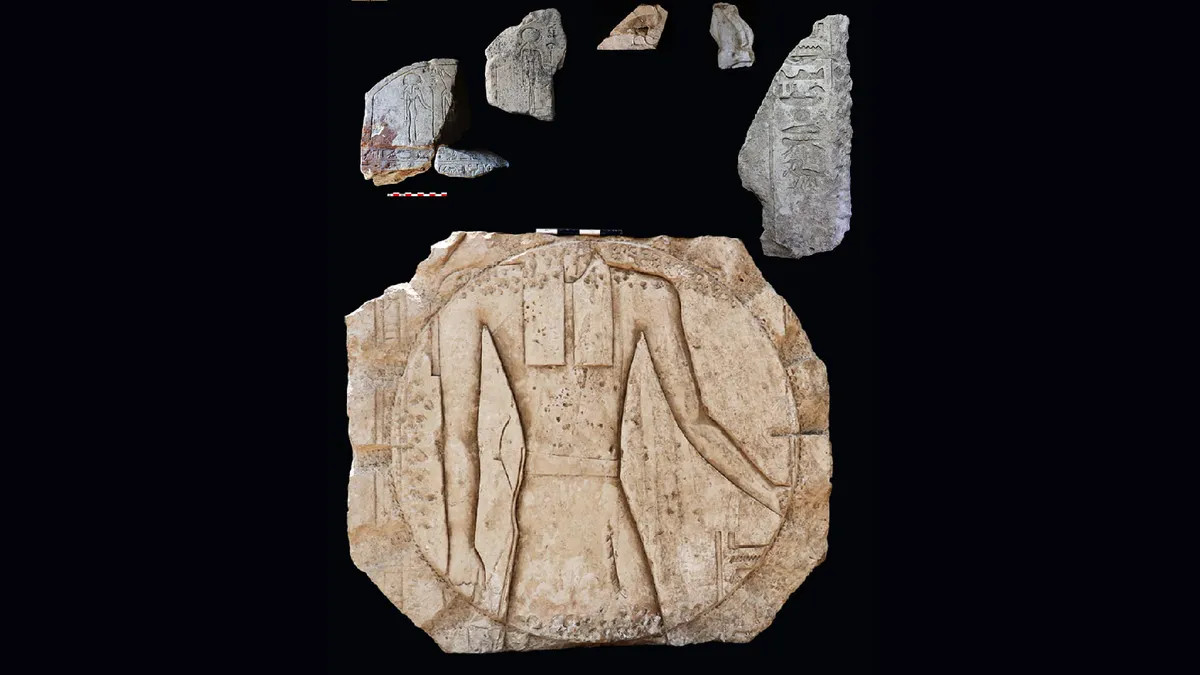
Courtesy of the Egyptian Ministry of Tourism and Antiquities
Ghonim also noted an unusual “triple column” at the entrance to the structure. “We theorized that these columns may represent the ancient Egyptians' division of time into seasons, months and weeks,” he said.
The researchers say the discoveries shed light on previously unknown astronomical techniques, such as the ones ancient Egyptians used to determine the solar calendar and dates of religious and agricultural significance.